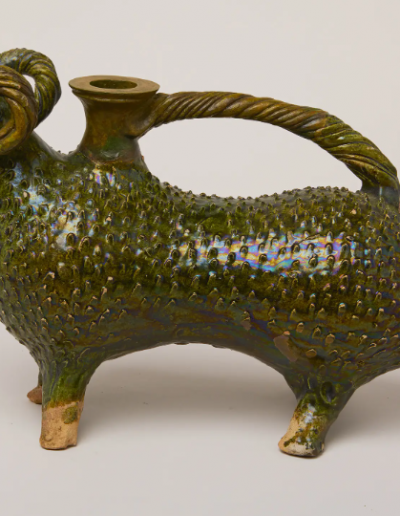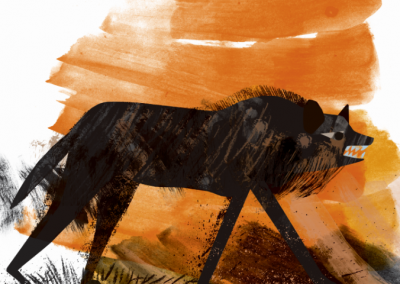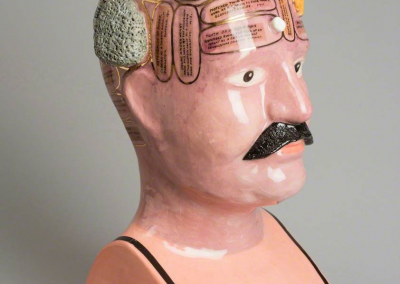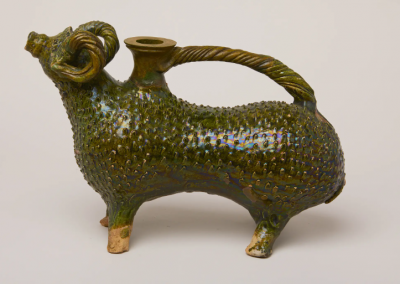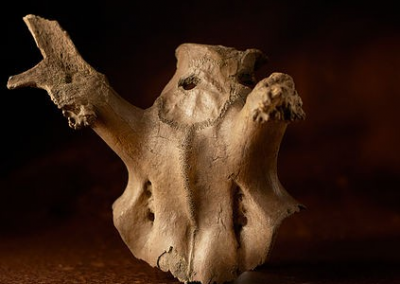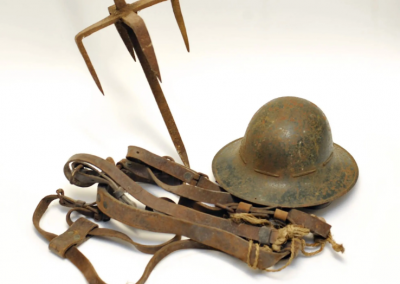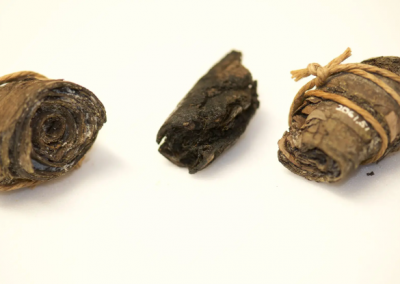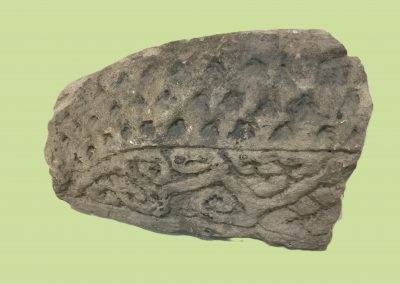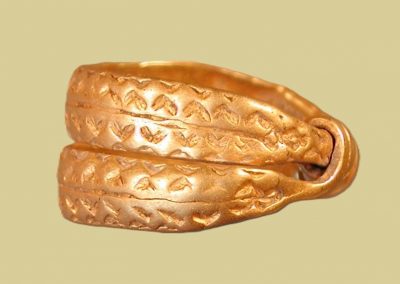Medieval ‘Aquamanile’ in the shape of a ram
Rotunda Museum, Scarborough
You’re very likely to have heard the folksong ‘Scarborough Fair’, but what you may not realise is quite what Scarborough Fair was, or why it was important.
During medieval times, Scarborough on the North Yorkshire coast hosted an important annual trade fair for merchants. It was second in size and significance in the country only to London and was even granted a royal charter in 1253. Lasting 45 days each year, the fair would have had a significant impact on the town’s economy. It was through the fair that ‘Scarborough Ware’, like this distinctive jug, was able to reach a European audience, with merchants from as far as the Baltic, the Mediterranean, and the Low Countries attending.
A range of intriguing designs
Aquamanile is the word used to refer to ceramic water jugs, used during medieval times for pouring water for handwashing. The name comes from the Latin words ‘aqua’ (water) and ‘manus’ (hand). They were particularly necessary in a time before running water and household taps.
Aquamaniles were often crafted in the shape of animals and known as ‘zoomorphic’ objects, like this one in the shape of a ram. The water was poured through the creature’s mouth. They were therefore not only functional but also served as amusing and decorative art pieces.
The ram’s horns have been created out of twisted clay, to match the handle, and small pellets of clay have been applied to the ram’s body in a way that imitates the texture of wool. Such skilful designs would have helped to showcased the craftsmanship of the period. Their distinctive green colour comes from the copper alloy glaze. Scarborough Ware dates from the 12th to the 14th centuries.
Talking Points
Examine the aquamanile closely. What design features has the maker included?
How have the horns been made to match the handle?
How do you think the maker has created the texture of the ‘woolly’ body?
Were you surprised that this object is around 700 years old?
Had you heard of Scarborough Fair? What did you think it was?
Why do you think Scarborough Ware was popular across Europe?
Why do you think it’s rare to find complete examples like this?
Why do you think Scarborough was well placed for hosting an important medieval trade fair? What geographic features would have helped it to become established?
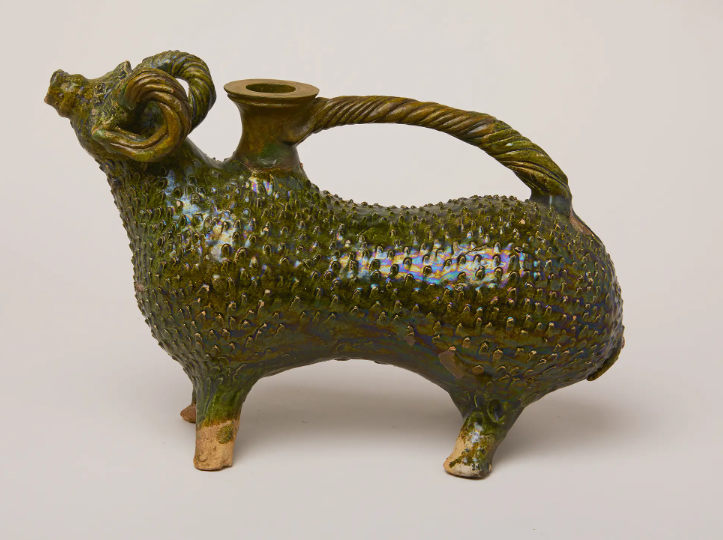
Vocabulary
Aquamanile: a type of medieval water jug, from the Latin words ‘aqua’ (water) and ‘manus’ (hand).
Zoomorphic: representing the forms of animals
Glaze: the glassy coating applied to ceramics. This makes ceramics more watertight and also adds decorative effect
In the Classroom
Hotseat
Interview a student in role as the maker of this aquamanile about their experience at the trade fair. Who have they met? How is the fair going?
Hands on History
You can see this aquamanile on display at the Rotunda Museum in Scarborough.
Find out more about their school education workshops.
Museum Location
Associated Objects

